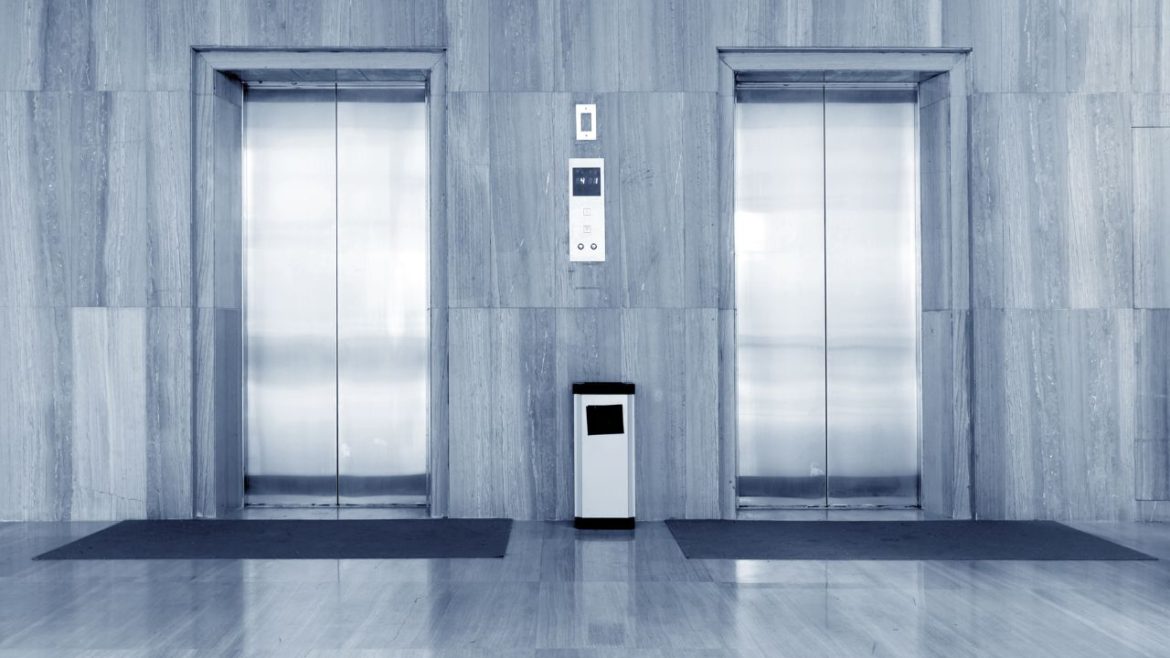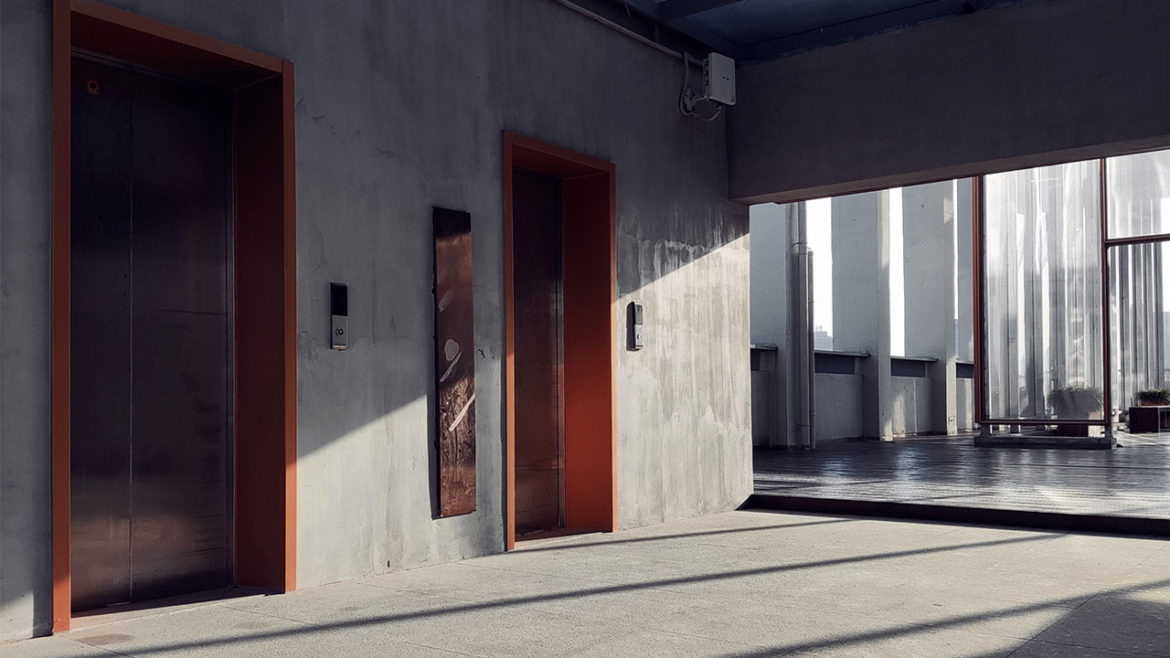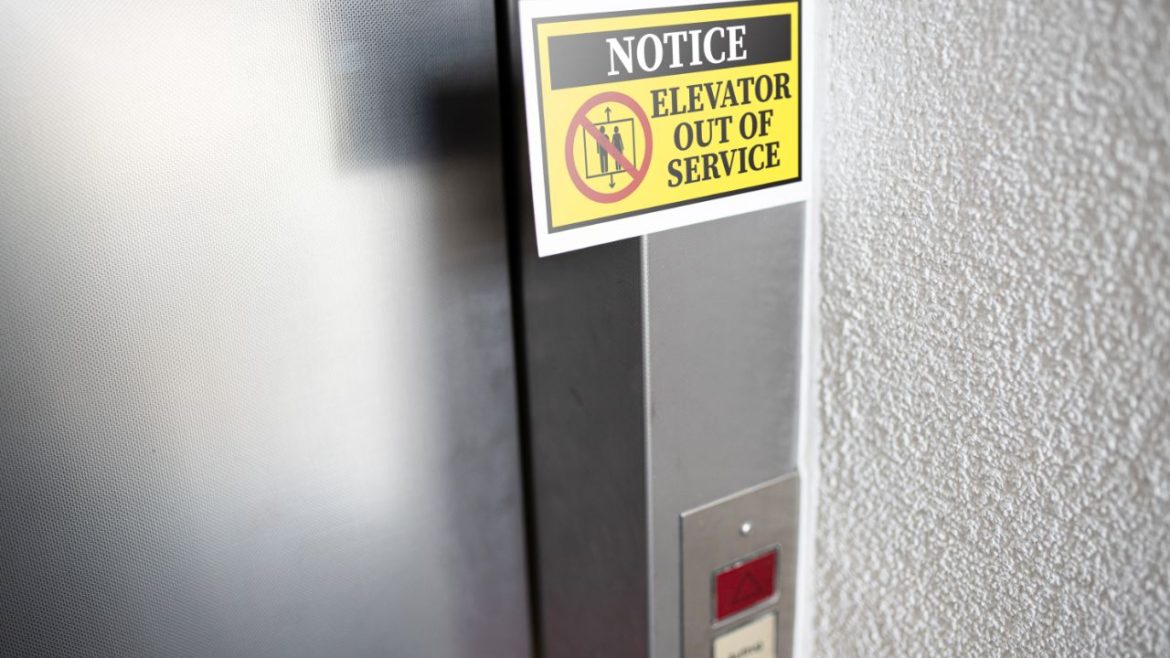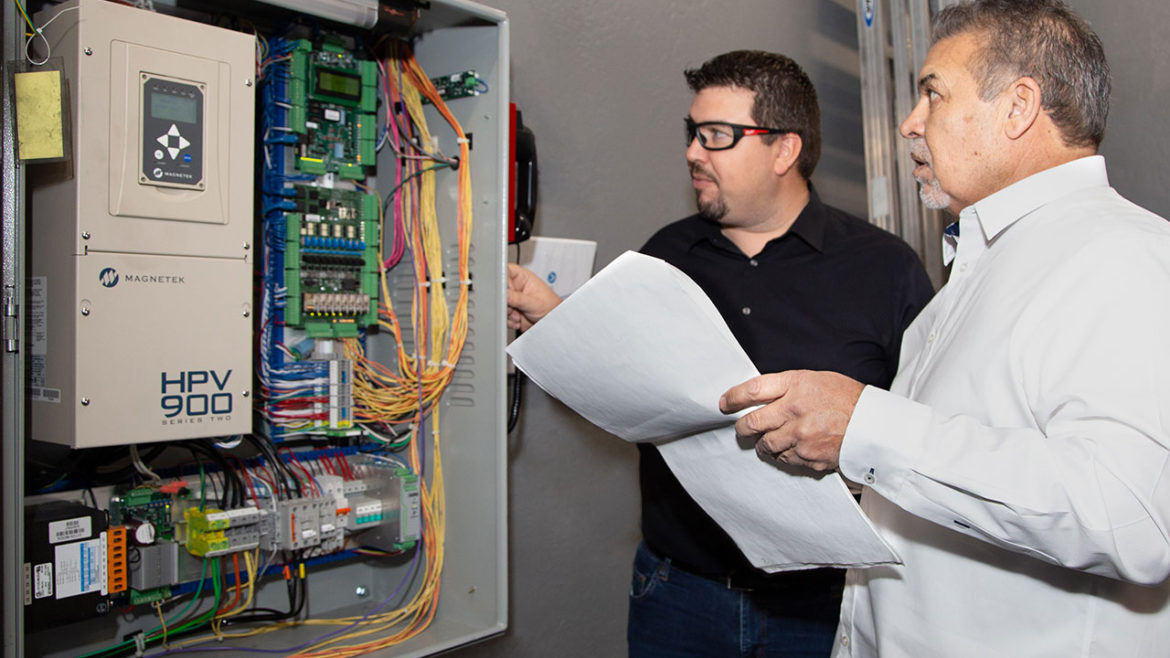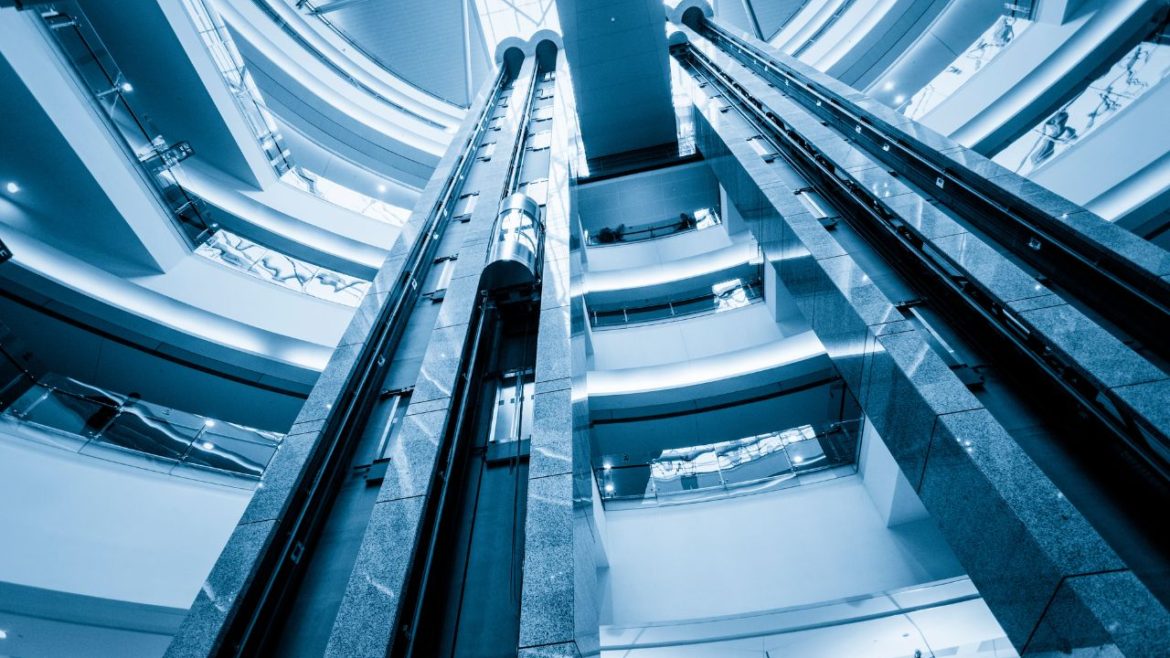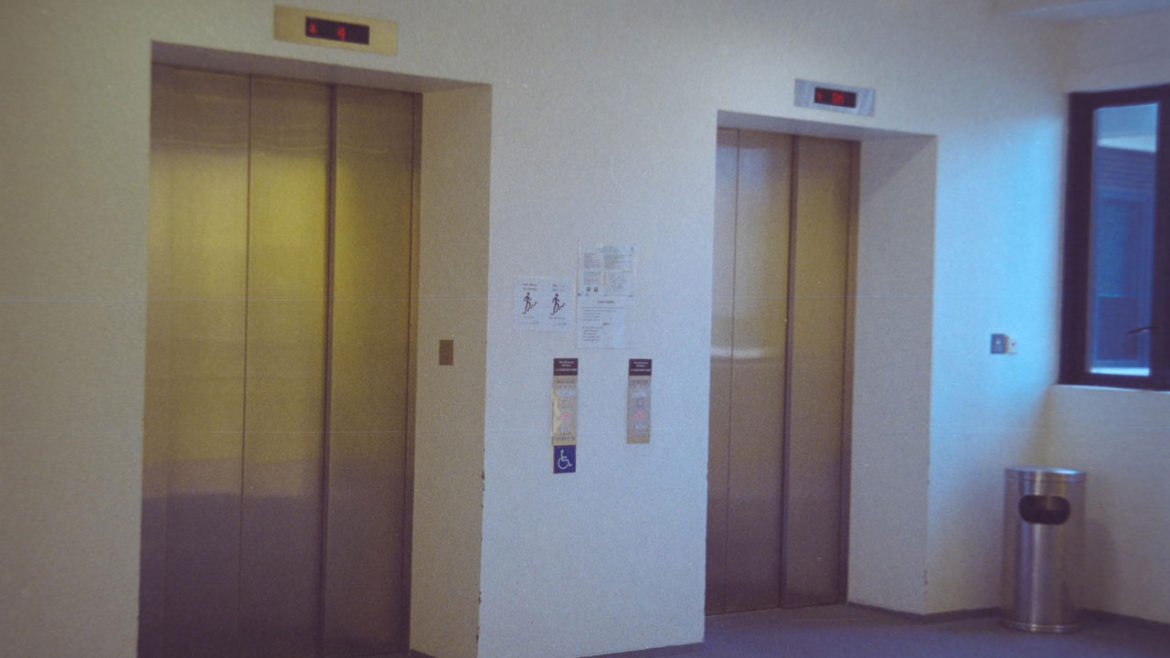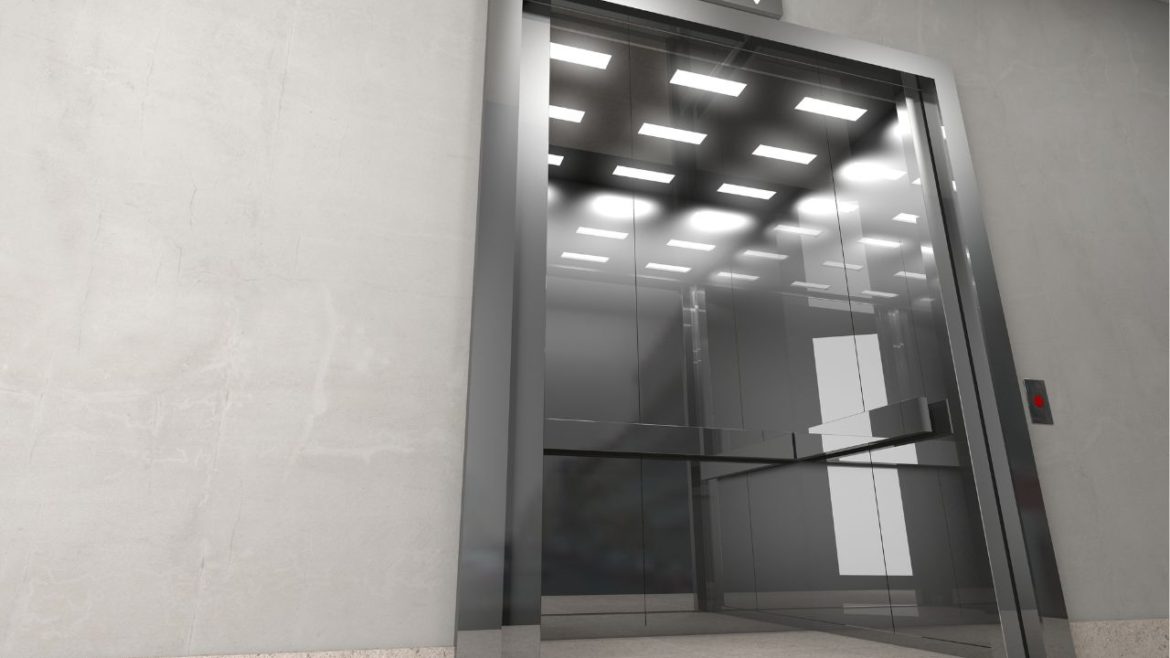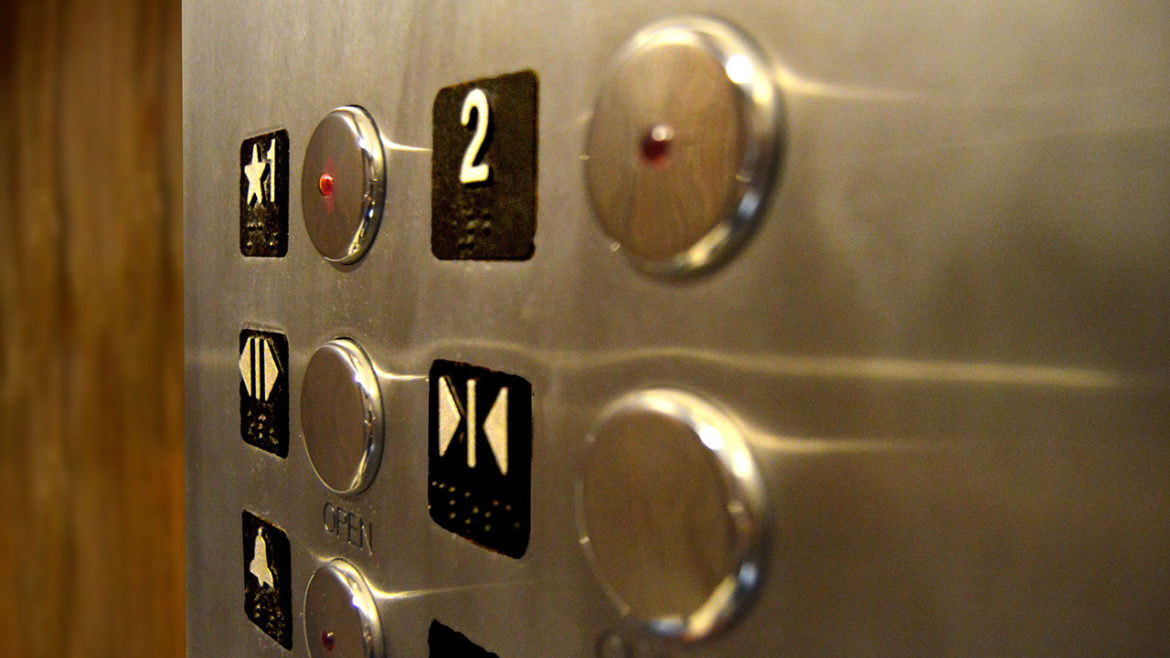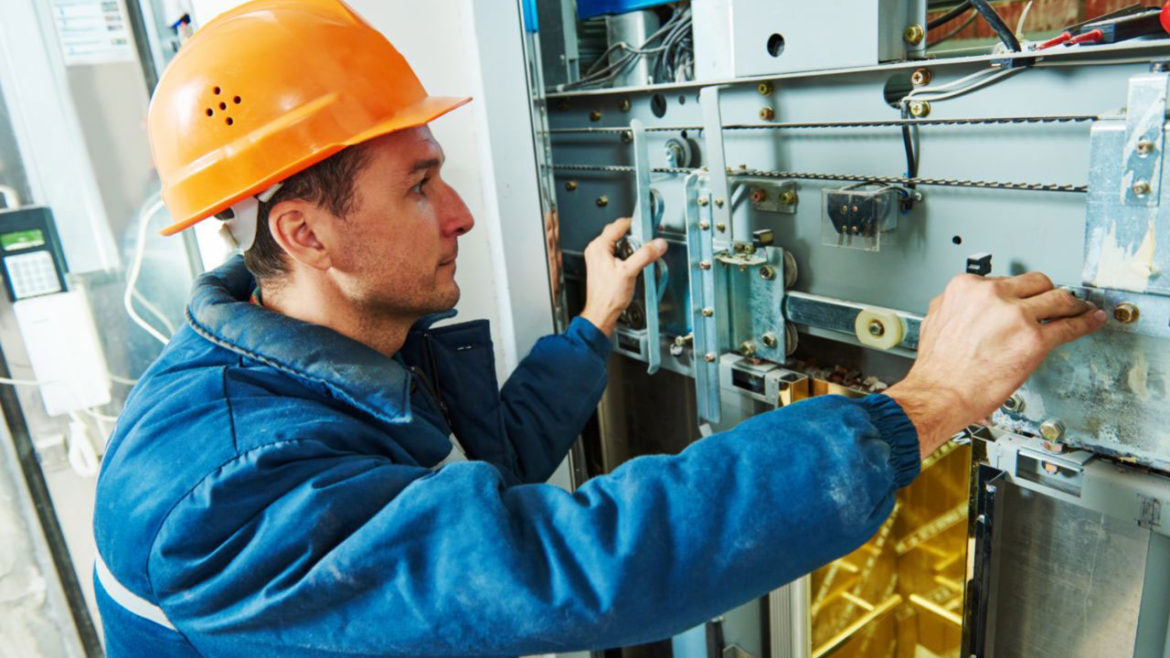Sandoval Answers: “Do Elevators Need to Be on Emergency Power?”
Do elevators need to be on emergency power? The short answer is yes. In fact, building codes require that elevators in multi-story buildings need at least 90 minutes of backup power to ensure the safety of passengers in the event of a power outage. So, what type of emergency power options exist for elevators? Let’s take a look:
Types of Emergency Power Options for Elevators
There are several emergency power options for elevators. The traditional solution is to use a standby automatic backup generator. However, this option has some drawbacks as it requires regular maintenance, emits unclean emissions, and can be noisy.
An increasingly popular solution is the use of uninterruptible power supply (UPS) battery backup systems. A UPS system is a power backup designed to ensure uninterrupted service in the event of a sudden power failure. The system provides a continuous supply of clean, battery-based energy to keep the elevator running during an outage. This ensures passengers can safely evacuate from the building and those with mobility issues are not stranded when the power goes out.
In addition to the safety benefits, emergency power for elevators is required by law. Buildings that do not comply with the requirement risk failing a building inspection and could be denied a permit to operate.
Sandoval Elevator is Here to Help
To sum up, elevators must be on emergency power. Not only is it required by law, but it ensures the safety of passengers in the event of a power outage. At Sandoval Elevator, we understand the importance of having an emergency power source for elevators and can help you select the right one for your needs. Contact us today to learn more about our services and how we can help you protect people in your building from potential risks associated with a power outage.
